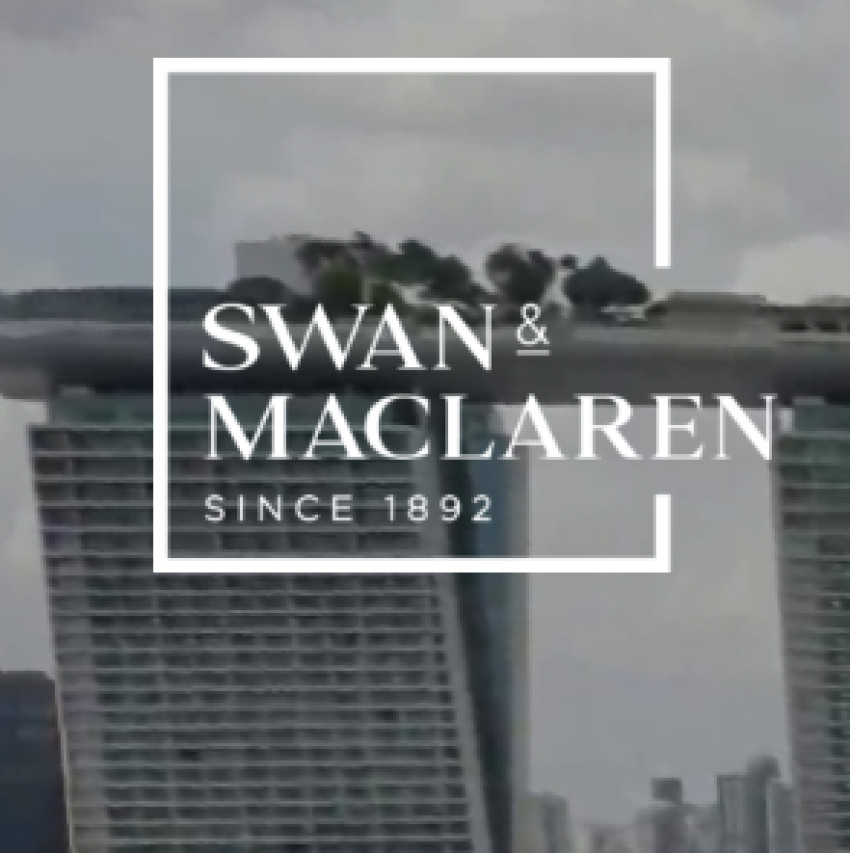
Singapore, a city-state known for its gleaming skyline and harmonious blend of tradition and modernity, stands as a testament to the architectural brilliance fostered by its vibrant design community. Singapore architecture firms have played a pivotal role in shaping the city's urban fabric, contributing to its global reputation for innovative and sustainable design. In this article, we will delve into the multifaceted world of Singaporean architecture firms, exploring their diverse projects, commitment to sustainability, global influence, and the unique challenges they face in a rapidly evolving urban environment.
Architectural Diversity and Innovation:
Singapore architecture firms showcase a remarkable diversity of styles and approaches, reflecting the city's cosmopolitan character. From sleek skyscrapers to adaptive reuse of historical buildings, these firms demonstrate a commitment to pushing the boundaries of architectural innovation. Each project is a canvas for creativity, where aesthetics, functionality, and cultural sensitivity converge to create structures that define Singapore's evolving identity.
Iconic Skyscrapers and Landmarks:
The city's skyline is punctuated by iconic structures that bear the mark of Singapore's leading architecture firms. Notable examples include the Marina Bay Sands complex, designed by Moshe Safdie, and the stunning Gardens by the Bay, envisioned by WilkinsonEyre. These architectural masterpieces not only serve functional purposes but also stand as symbols of Singapore's ambition and forward-thinking spirit.
Global Influence and Collaborations:
Singaporean architecture firms have extended their influence far beyond the city-state's borders. Collaborations with international architects and participation in global design competitions have propelled these firms onto the world stage. By bringing their expertise to diverse cultural contexts, Singaporean architects contribute to a global dialogue on sustainable and contextually relevant design.
Sustainability as a Guiding Principle:
Sustainability is a core principle embraced by many Singapore architecture firms. Given Singapore's commitment to environmental stewardship, architects prioritize eco-friendly design solutions, incorporating green spaces, energy-efficient technologies, and sustainable materials. The integration of biophilic design, which connects occupants with nature, is a recurring theme in many projects, promoting both environmental and human well-being.
Innovative Urban Solutions:
Singapore's compact urban environment has spurred architects to devise innovative solutions to optimize space and functionality. Vertical gardens, sky gardens, and mixed-use developments are prevalent in the architectural landscape, addressing the challenges of limited land availability. The city's commitment to becoming a "City in a Garden" aligns with these architectural endeavors, fostering a balance between urban development and natural elements.
Historical Preservation and Adaptive Reuse:
Singaporean architecture firms navigate the delicate balance between progress and heritage preservation. The restoration and adaptive reuse of historical buildings are recurrent themes, breathing new life into structures with cultural significance. By seamlessly blending old and new, architects honor Singapore's rich history while ensuring its architectural legacy persists in the face of urban evolution.
Smart Cities and Technological Integration:
Singapore's ambition to be a smart nation is reflected in its architecture. Firms leverage technological advancements to create smart buildings and urban environments that enhance the quality of life for residents. Intelligent infrastructure, data-driven design, and the incorporation of smart technologies contribute to the city's reputation as a forward-looking metropolis.
Challenges in Urban Development:
Despite the achievements, Singapore's architecture firms face challenges inherent in urban development. Balancing high-density living with sustainable design, addressing social equity concerns, and creating inclusive public spaces are ongoing considerations. The need to harmonize modernity with cultural heritage poses a continuous challenge, requiring architects to navigate complex urban dynamics.
Community-Centric Design and Inclusivity:
Architects in Singapore recognize the importance of community-centric design. Projects often prioritize inclusivity, creating spaces that foster social interactions and cater to diverse demographics. The design of public housing, educational institutions, and community facilities reflects a commitment to building a socially cohesive and inclusive urban environment.
Future Prospects and Evolving Trends:
Looking ahead, Singapore's architecture firms are poised to lead the way in defining the future of urban living. As sustainability gains paramount importance, architects will continue to explore innovative materials, construction techniques, and renewable energy solutions. Embracing the challenges of climate change, rising sea levels, and rapid urbanization, Singaporean architects are at the forefront of envisioning resilient and adaptive cities for the future.
Conclusion:
Singapore architecture firms stand as beacons of innovation, transforming the city-state into a dynamic playground of architectural marvels. From towering skyscrapers to sustainable urban solutions, these firms navigate the intricate balance between progress and heritage, creating spaces that define Singapore's unique identity. As the city continues to evolve, the visionary work of its architects ensures that Singapore remains a global leader in pioneering sustainable, culturally sensitive, and community-centric design. The architectural landscape of Singapore, sculpted by the hands of these visionary firms, is a testament to the city's commitment to excellence in urban living.



